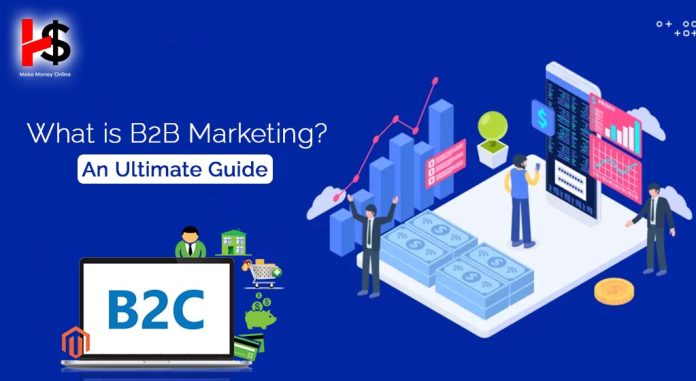B2B marketing is frequently labeled as the less dynamic counterpart to B2C. However, this perception is far more accurate. Engaging in business-to-business marketing poses a greater challenge due to the involvement of entire companies or stakeholder groups, resulting in a more intricate process. That’s actually what makes it exciting.
The global B2B e-commerce sector is expected to reach about $19 billion by 2027, offering a wide range of online options. A dedication to digital experiences, the rise in popularity of specialist B2B online marketplaces, and the migration of retail firms on the internet are the main drivers of this expansion. You’ve come to the right place if you want to learn about B2B marketing, the strategies it uses, and how to be successful in the current market. To throw light on every component of the most successful contemporary B2B marketing strategies, let’s examine the subject in greater detail.
Table of Contents
What is B2B Marketing?
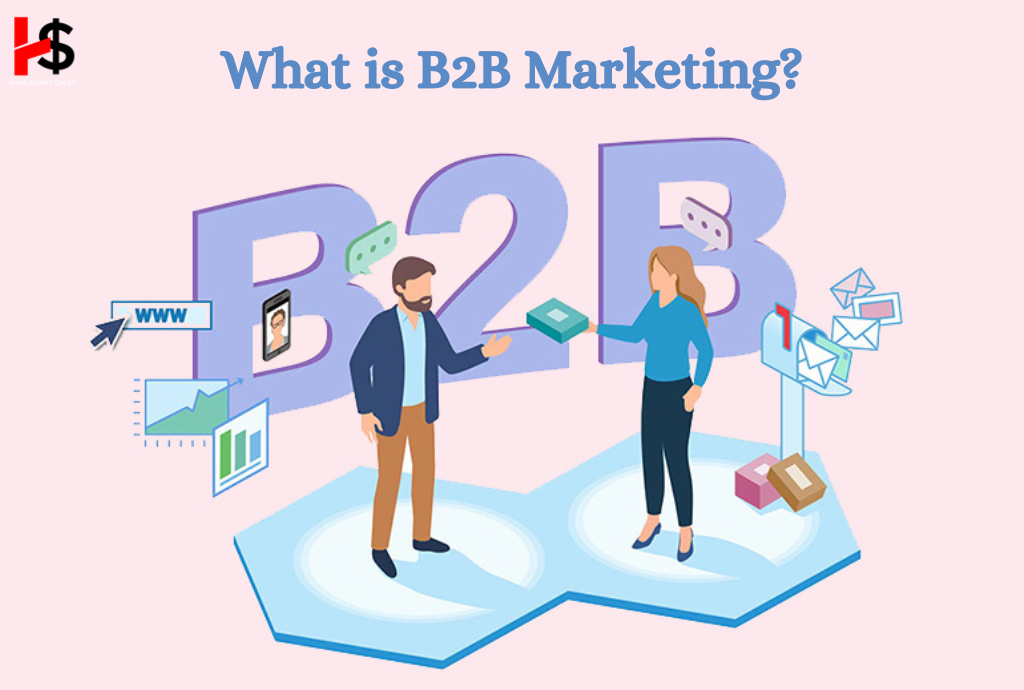
Selling a good or service to another company or organization is known as business-to-business (B2B) marketing. Manufacturing equipment to office supplies can be sold by a business-to-business (B2B) organization. Several tactics are combined in business-to-business marketing to help you in selling these goods and services to online consumers. Influencer marketing has grown in importance in B2B marketing in recent years, and social selling on sites like LinkedIn is continuing to grow.
Who is B2B Marketing For?
Any business that provides products to other businesses. B2B transactions might involve anything from office supplies to software-as-a-service (SaaS) subscriptions, security products, tools, and accessories. Many businesses are classified as both B2B and B2C. Campaigns for business-to-business (B2B) transactions target any person or people who have decision-making authority or influence. From entry-level end users to the C-suite, this can cover a broad range of titles and responsibilities.
Best Channels for B2B Marketing

Search Engine Optimization
SEO involves enhancing your website’s position in search results through a variety of strategies. By dedicating resources of B2B SEO, you elevate your business’s visibility is search results, leading to increase website traffic. Given that 71% of B2B clients initiate product research on search engines, this strategy proves invaluable in drawing more clients to your website.
Pay-per-click Advertising
PPC ads are positioned above organic listings at the top of search results. Using this B2B search marketing approach can effectively draw in B2b companies in the final stages of conversion. It proves to be a strategic choice for B2B businesses that want to capture a higher number of qualified leads.
Content Marketing
In digital marketing strategies, creating B2B content is perhaps the most crucial stage. Buyers are drawn in, converted, and kept around by online and offline content. Written, audio, and video content that is posted on a company blog and subsequently disseminated on social media platforms to increase natural search traffic are usually the components. In a B2B content marketing plan, organic traffic is essential. The best way to ensure that customers see your product or service when they search online is to hire a Search Engine Optimization (SEO) specialist.
Key Components of B2B Marketing
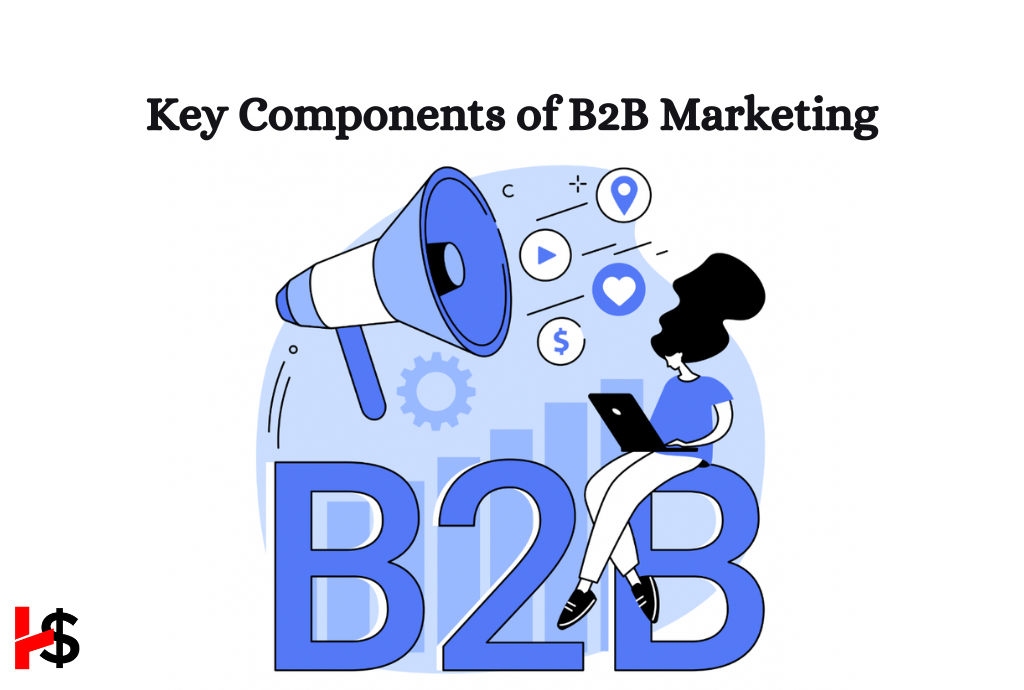
Marketing Funnel
Marketing funnels are frequently used to explain B2B marketing processes. Initiatives to generate demand result after awareness in the marketing funnel. An audience expresses interest and consideration following awareness thanks to lead generation. Thereafter, lead nurturing replaces lead generation for B2B marketers, who exchange data to influence the buying committee’s purchase intent. Before making the decision to buy, the buying committee evaluates the situation for a while. As the company’s relationship with the buyer develops over time, the process should ideally continue.
Lifecycle Marketing
Although it goes beyond it, lifecycle incorporates the marketing funnel. Interacting with a target audience is crucial as they change from being potential clients to loyal supporters of the company. They marketing funnel can continually repeat itself because to the lifecycle marketing, which allows advocates to bring in new customers.
B2B Marketing Best Practices
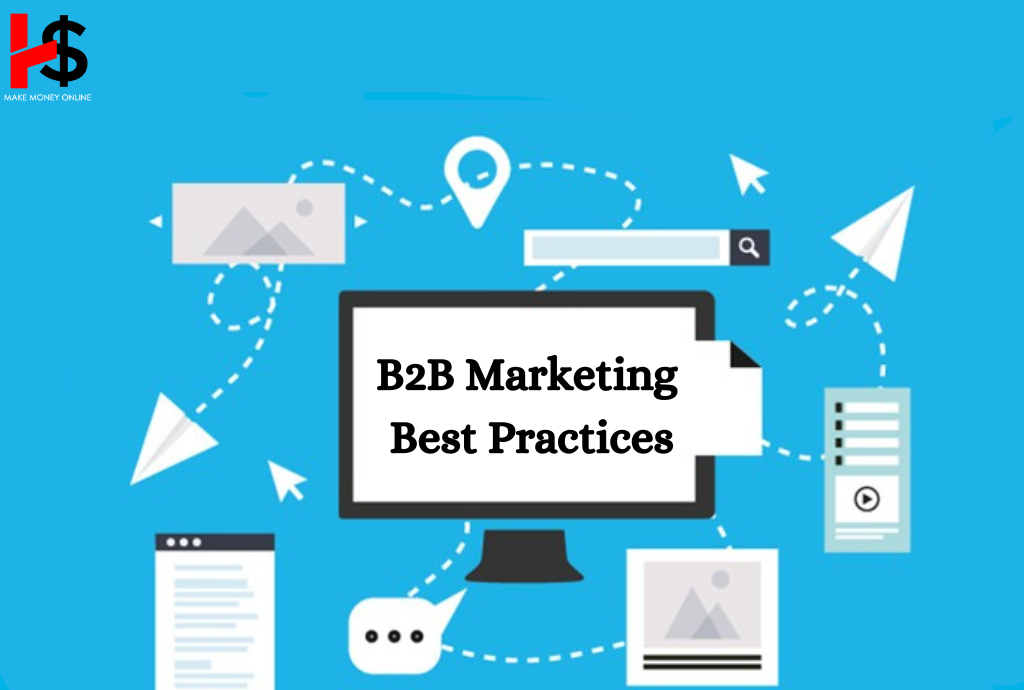
Target with Both Precision and Volume is Mind
The majority of B2B purchasing decisions are impacted by several stakeholders. When targeting, attempting to identify the decision maker is a common mistake. However, that lone decision maker doesn’t exist in almost all situations. Targeting every stakeholder who may have the ability to influence a purchase decision is crucial for this reason.
B2B purchasing cycles are intricate, and participants frequently change positions and responsibilities. This is only one of the numerous factors that make brand recognition important. B2B marketers can leverage the following solutions to connect with decision-makers who have the authority to approve and impact purchases. They let you go as specific as you like, and you can use sophisticated automation to reach a wider audience as necessary.
Keep Context in Mind
To get attention in the modern world, personalization and relevance are essential. In addition to speaking your clients’ language, you should also produce advertisements and content that complement the theme of the platform on which they are being viewed. Longer videos are definitely better suited for YouTube, but shorter videos with snappy hooks work well on social network feeds. Compared to other networks, LinkedIn requires a distinct copy angle to capture someone scrolling across the platform. Imagine yourself as the final user. When they’re watching your content, try to comprehend their current circumstances, including their “surroundings,” and try to tailor your message to suit their perspective.
Thought Leadership Makes an Impact
Studies keep demonstrating how important thought leadership content is to senior-level decision makers, who use it to evaluate suppliers and products. Most spend at least an hour a week reading content related to thought leadership. Additionally, if working with a company that has established a clear vision for the future through thought leadership, B2B decision makers will be willing to pay a premium.
Tips for Excelling with B2B Marketing
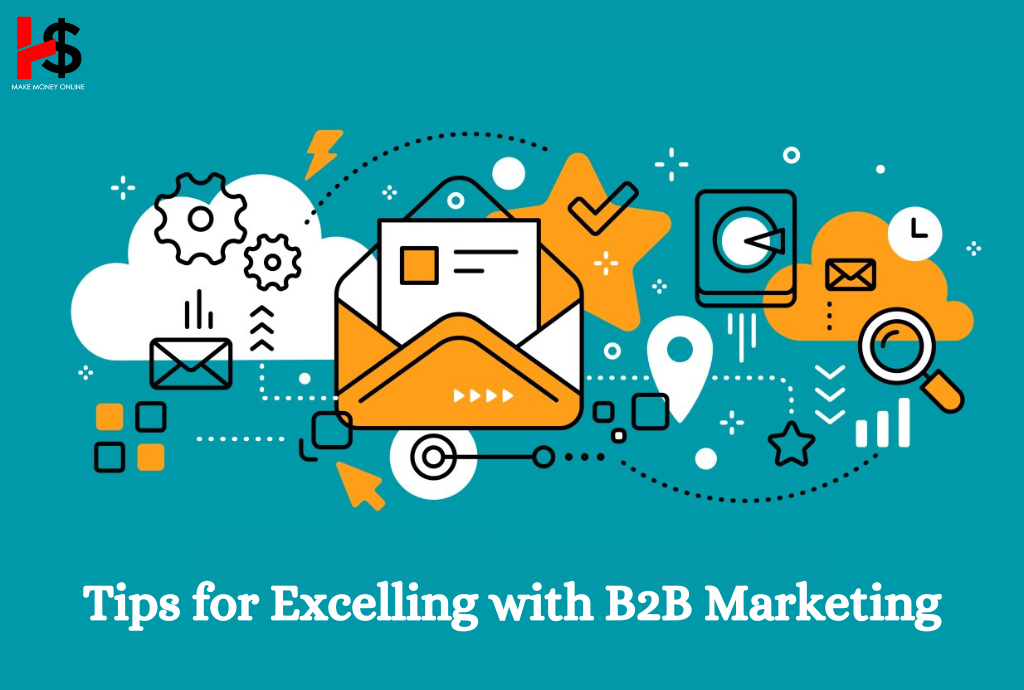
Know Your Target Audience
You must identify your target audience if you hope to succeed with B2B marketing tactics. If you aren’t targeting the correct users, your techniques won’t be effective. Create buyer personas to determine your target audience. Buyer personas can be quite useful in helping you understand how to appeal to different members of a decision-making team when you’re working with diverse decision-makers.
Be Humanistic
It’s simple to convey a formal, overly corporate message when marketing to other companies. It’s important to be humanistic in your marketing even when you want to maintain a professional image. You are still marketing to people in the end. Although they are representatives of the corporation, they make the final decisions. Even if they might not consider their emotions when making judgments, they are nevertheless affected by how well you present yourself.
Personalize Your Message
The goal of using B2B marketing tactics is to customize your communications as much as possible. Because decision-makers want to know how specifically you’re going to help them, personalization is an essential component. Sending generic messages to potential customers will make them uninterested in your business. These decision-makers are busy and don’t have time to read irrelevant marketing material.
B2B vs B2C Marketing – Difference
| Feature | B2B Marketing | B2C Marketing |
| Target Audience | Businesses | Individuals |
| Decision Making | Complex, involves multiple stakeholders | Individual, often spontaneous |
| Purchase Cycle | Longer, requires more research and justification | Shorter, driven by emotions and impulse |
| Marketing Goals | Generate leads, build relationships, drive sales | Drive brand awareness, increase customer acquisition, boost sales |
| Content Strategy | Focuses on education, case studies, white papers, webinars | Focuses on entertainment, storytelling, product demonstrations, social media |
| Marketing Channels | Email marketing, LinkedIn, trade shows, industry publications | Social media, TV commercials, influencer marketing, content marketing |
| Ad Copy | Logical, data-driven, focuses on ROI | Emotional, persuasive, uses storytelling techniques |
| Pricing Strategy | Complex, often based on volume discounts and custom solutions | Simple, transparent, often based on individual needs |
| Relationships | Long-term, requires trust and partnership | Short-term, transactional |
Conclusion
As you can see, there is a huge demand for B2B marketing, with a multitude of channels and approaches at your disposal. To promote to the appropriate individuals at the appropriate times and locations, it is essential to comprehend your industry and target market. Handle your B2B company with the same care and experimentation that any B2C marketer would. To compare messaging, attempt small-scale A/B testing, participate with social media surveys, and play around with different content kinds and brand voice. Often, it’s a tiny thing that throws everything into alignment and changes the course of your organization to generate leads, customer engagement, and brand awareness for B2B companies.
Read More:
